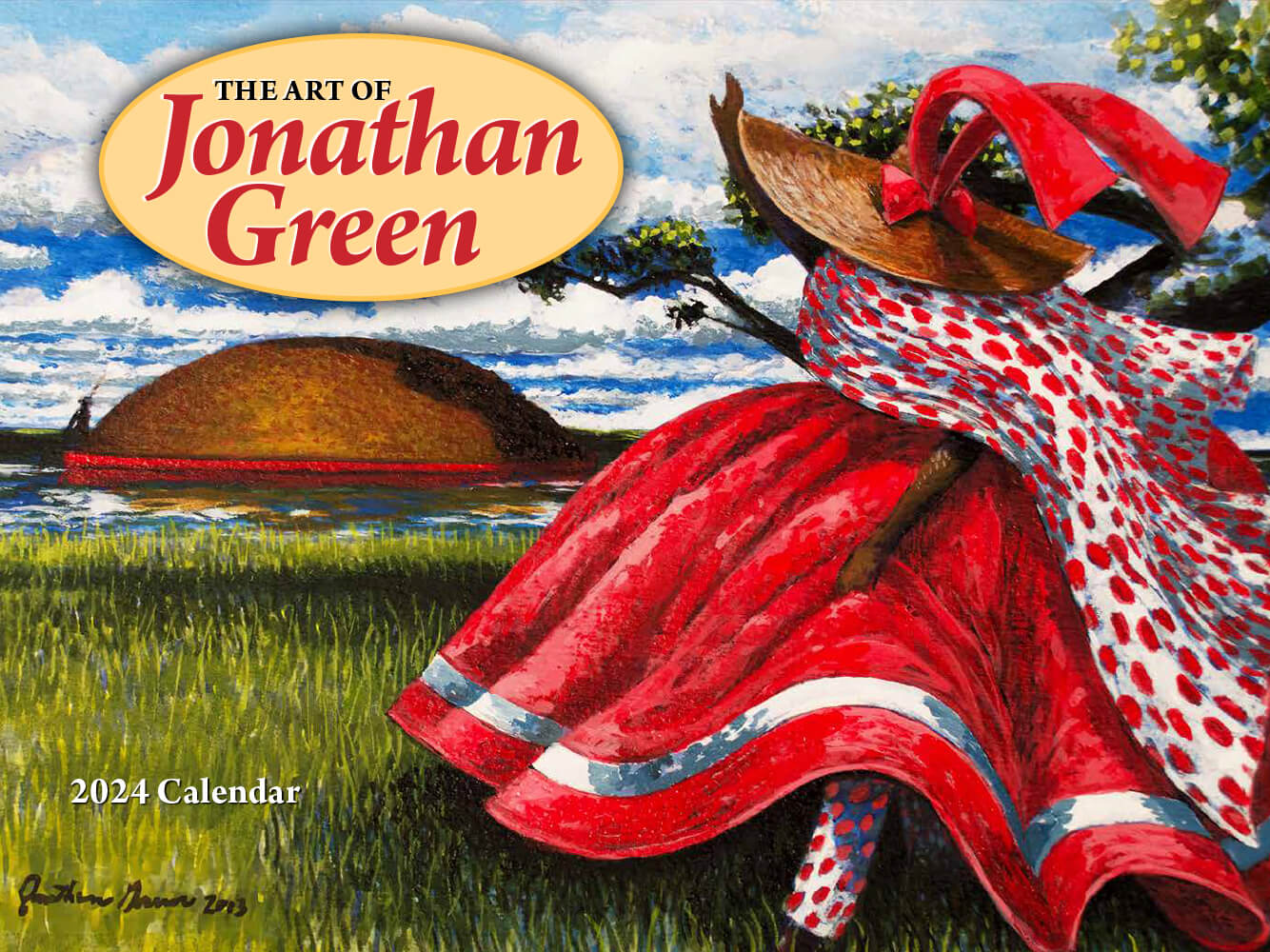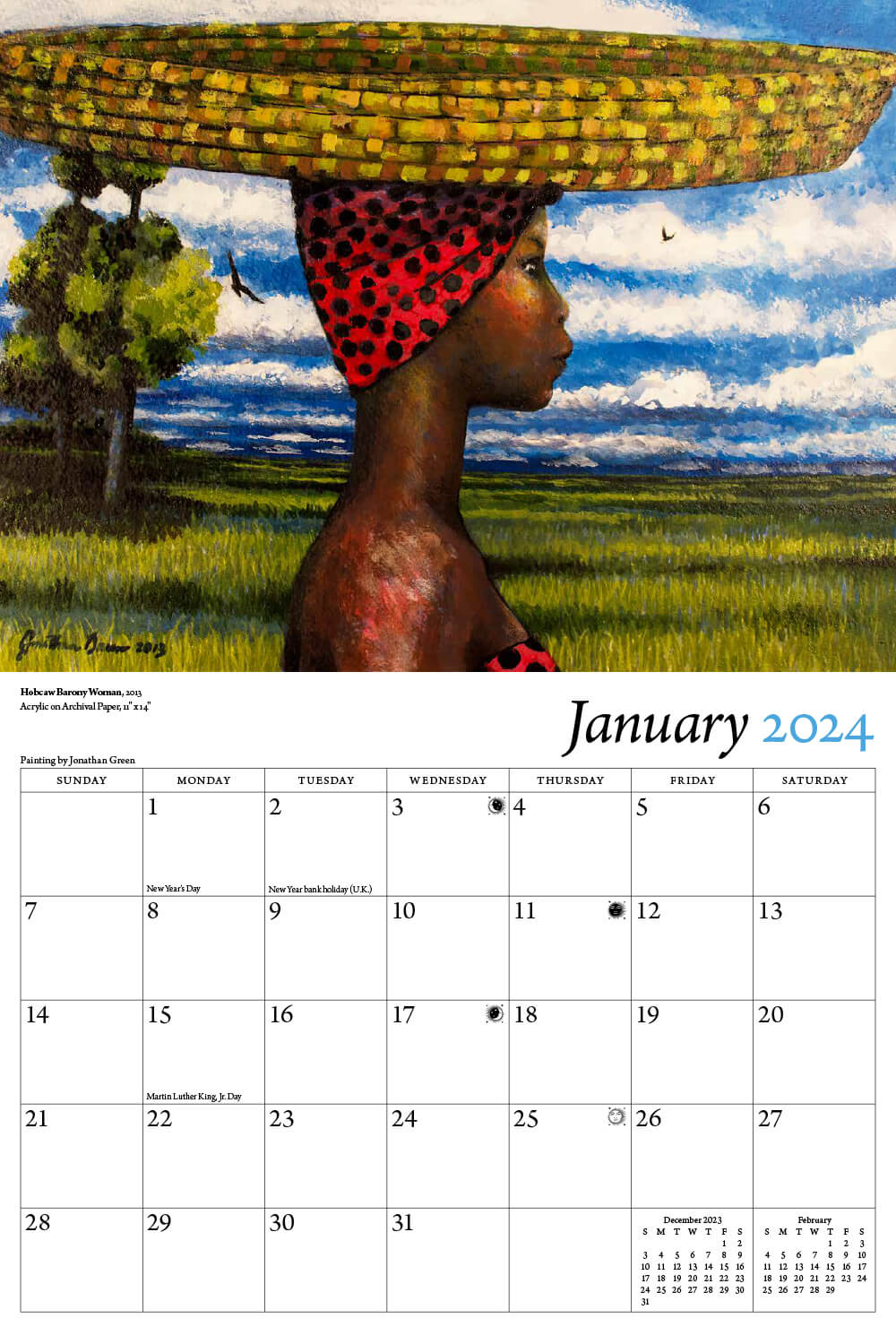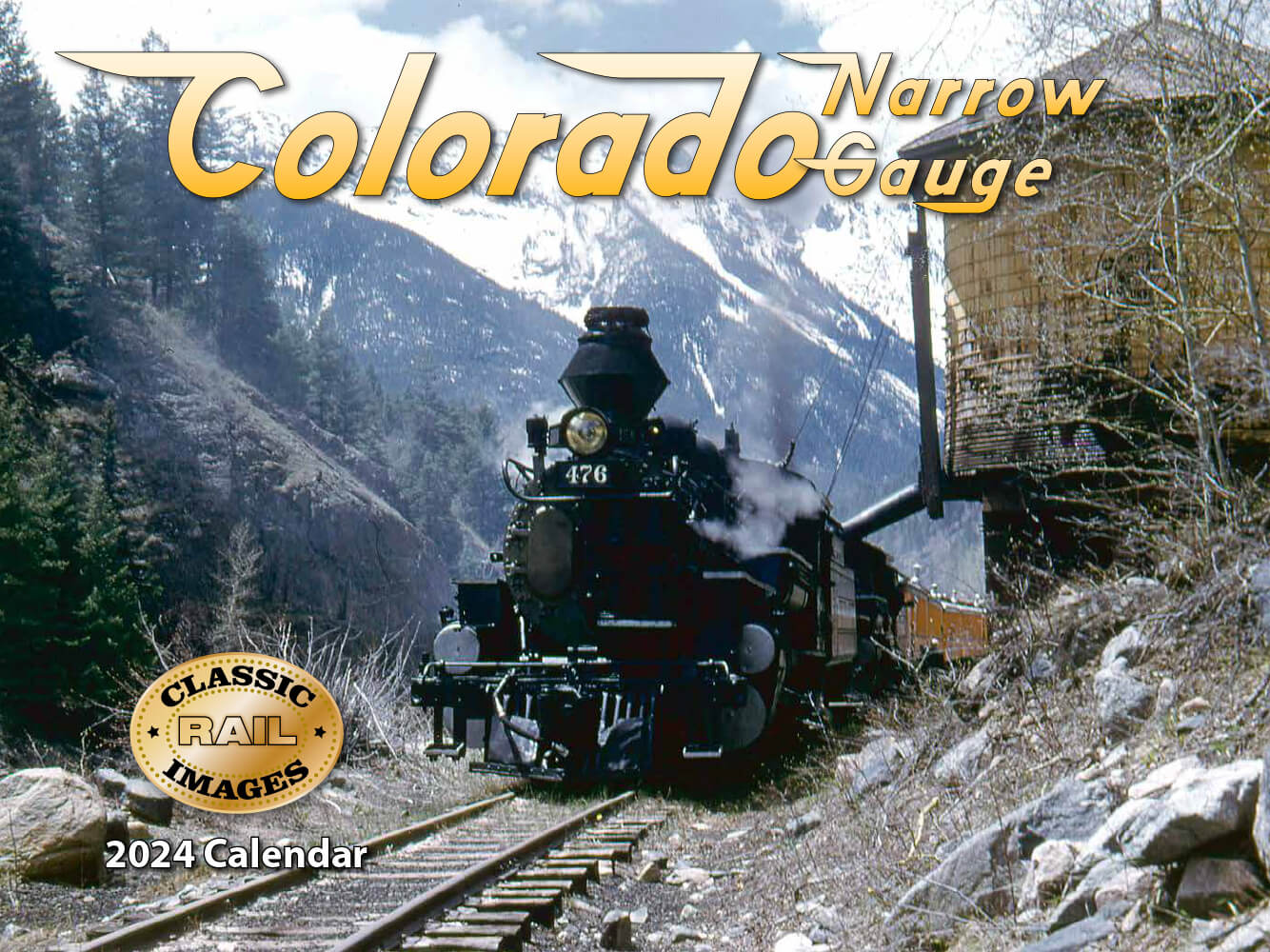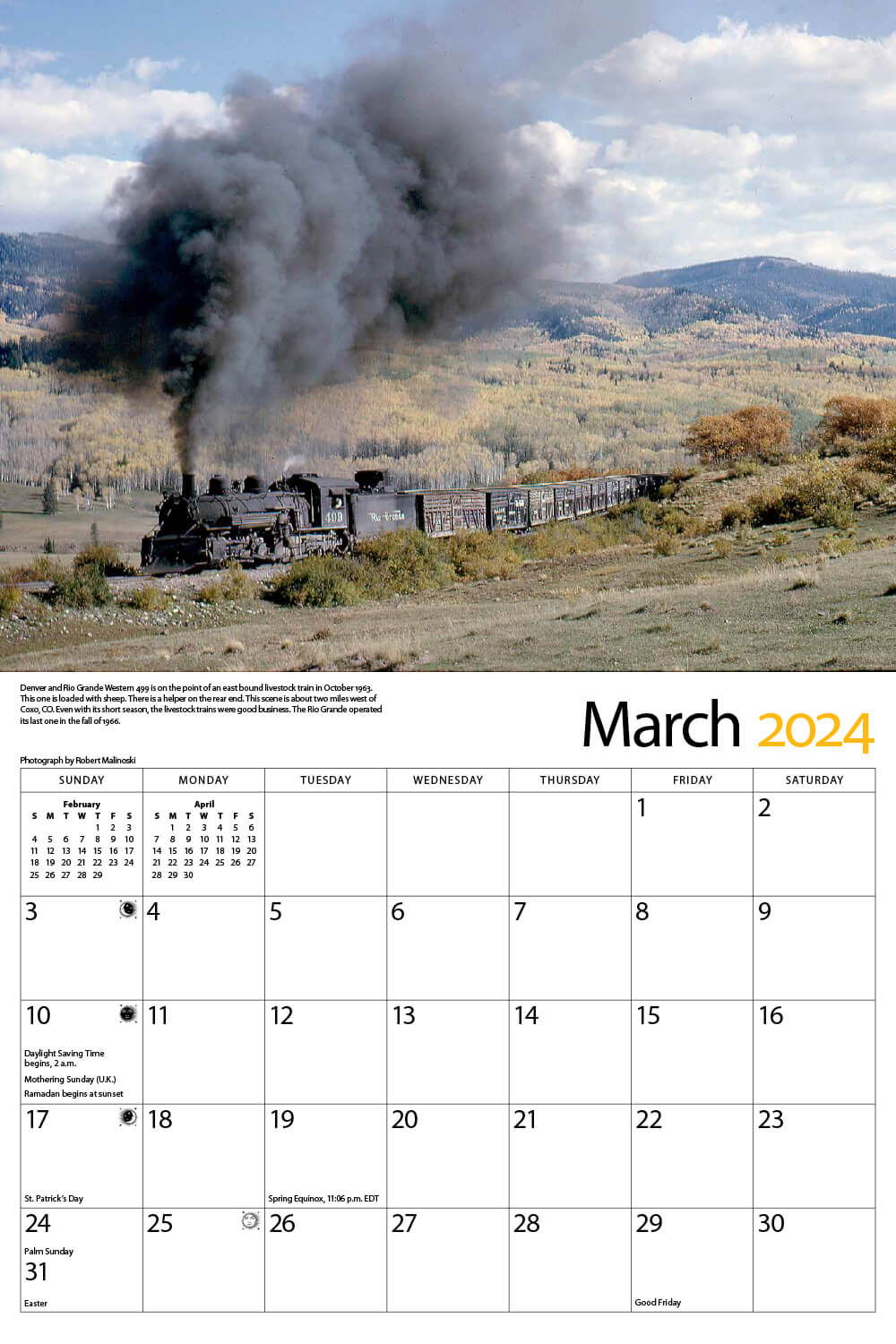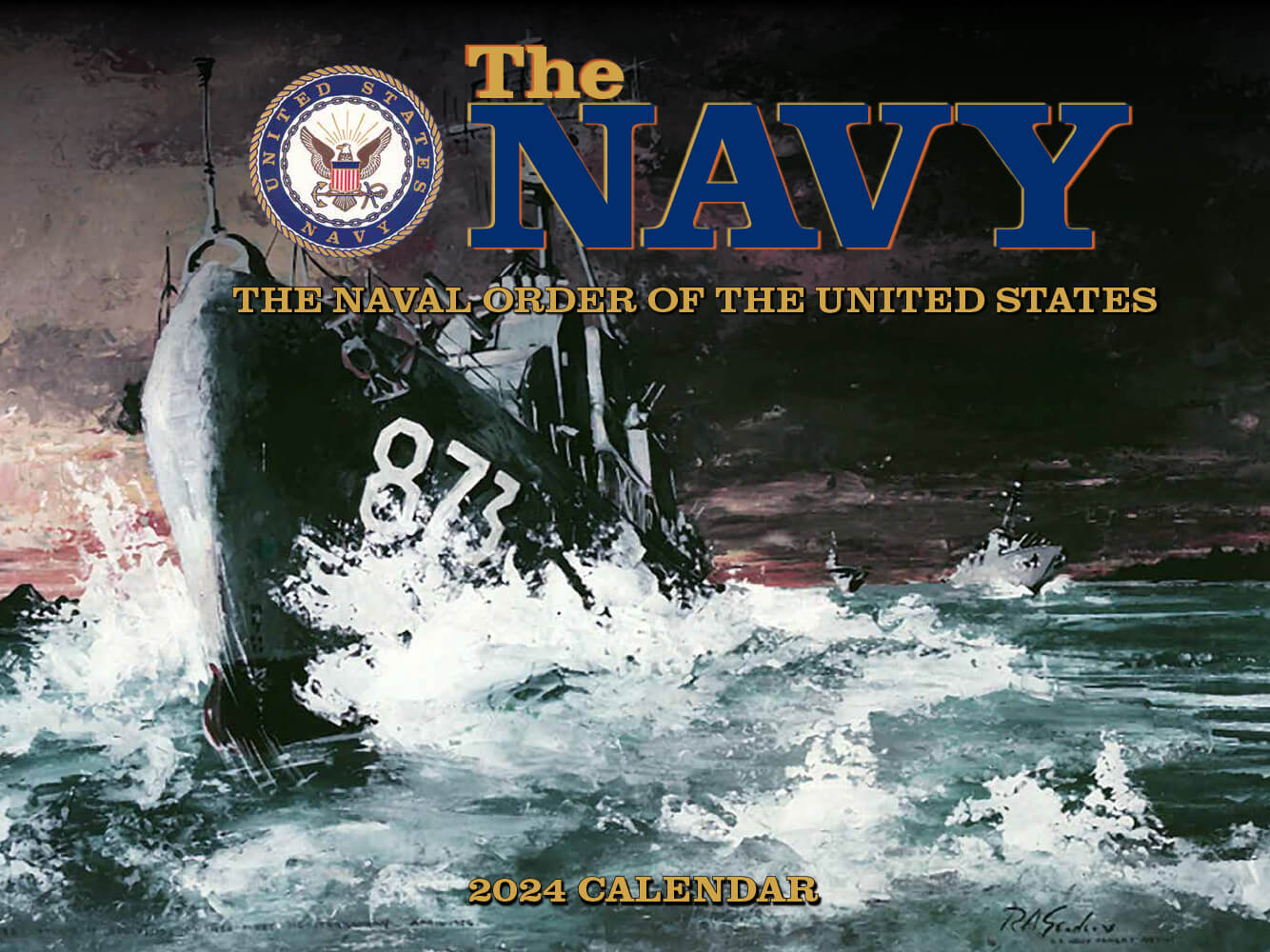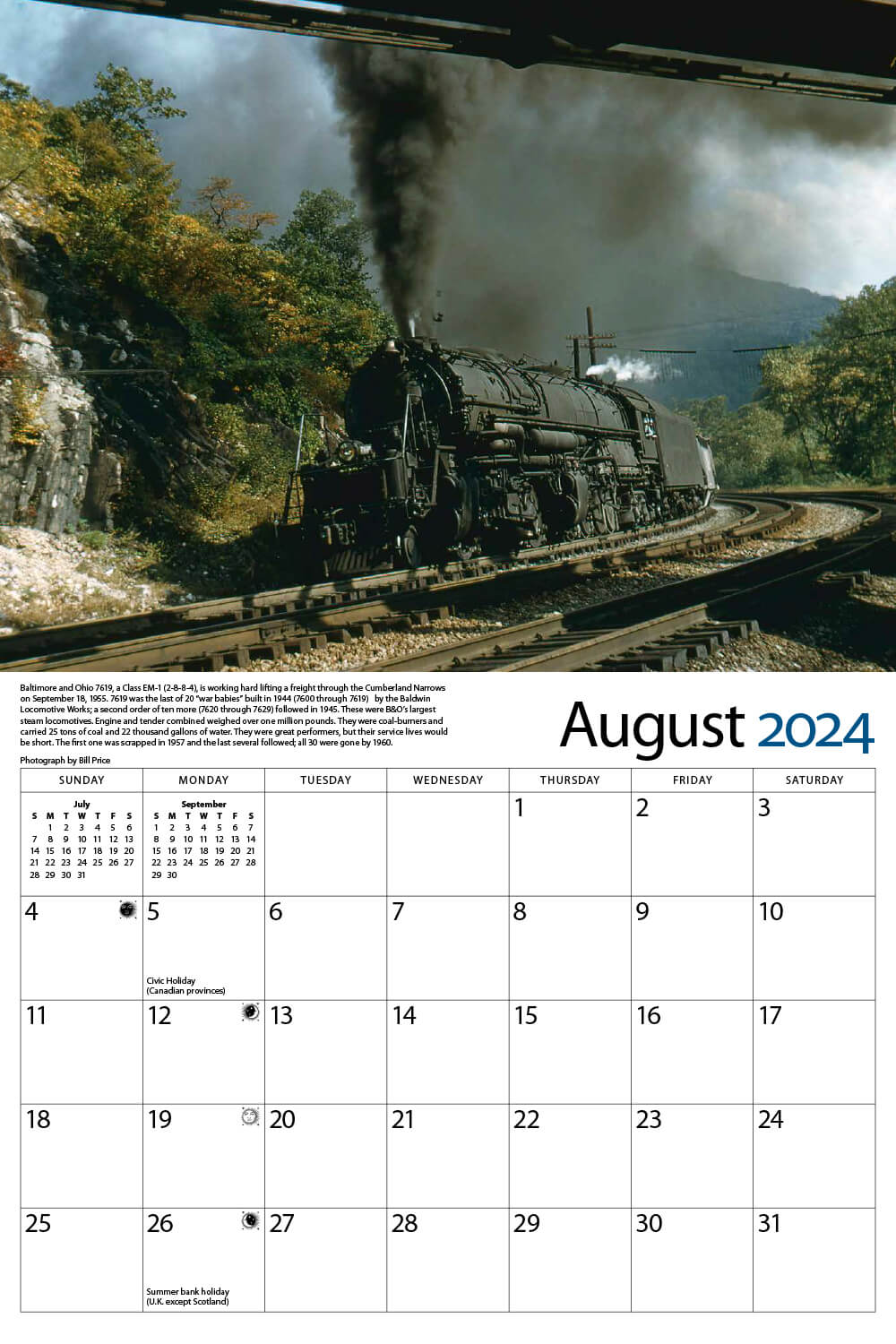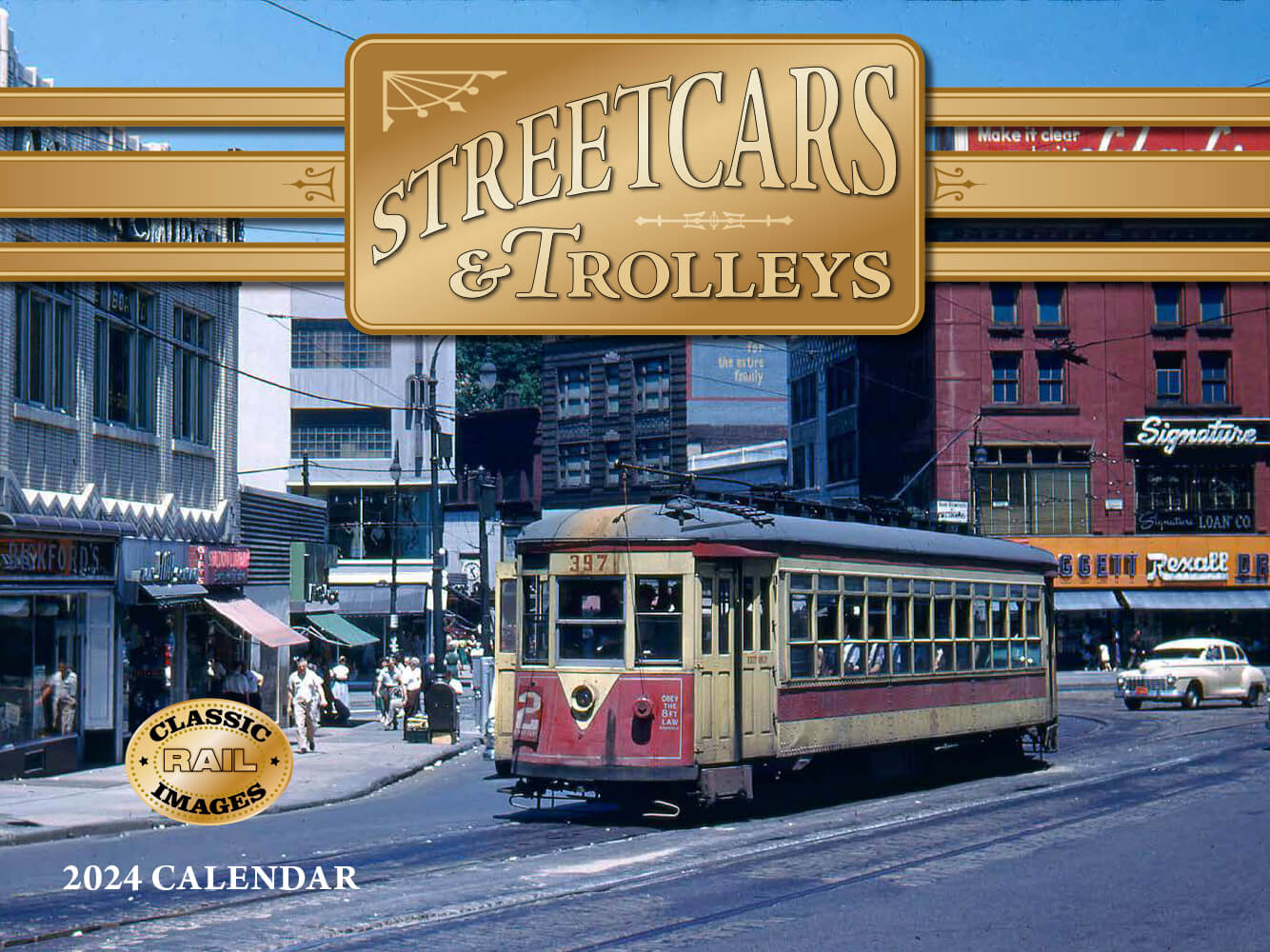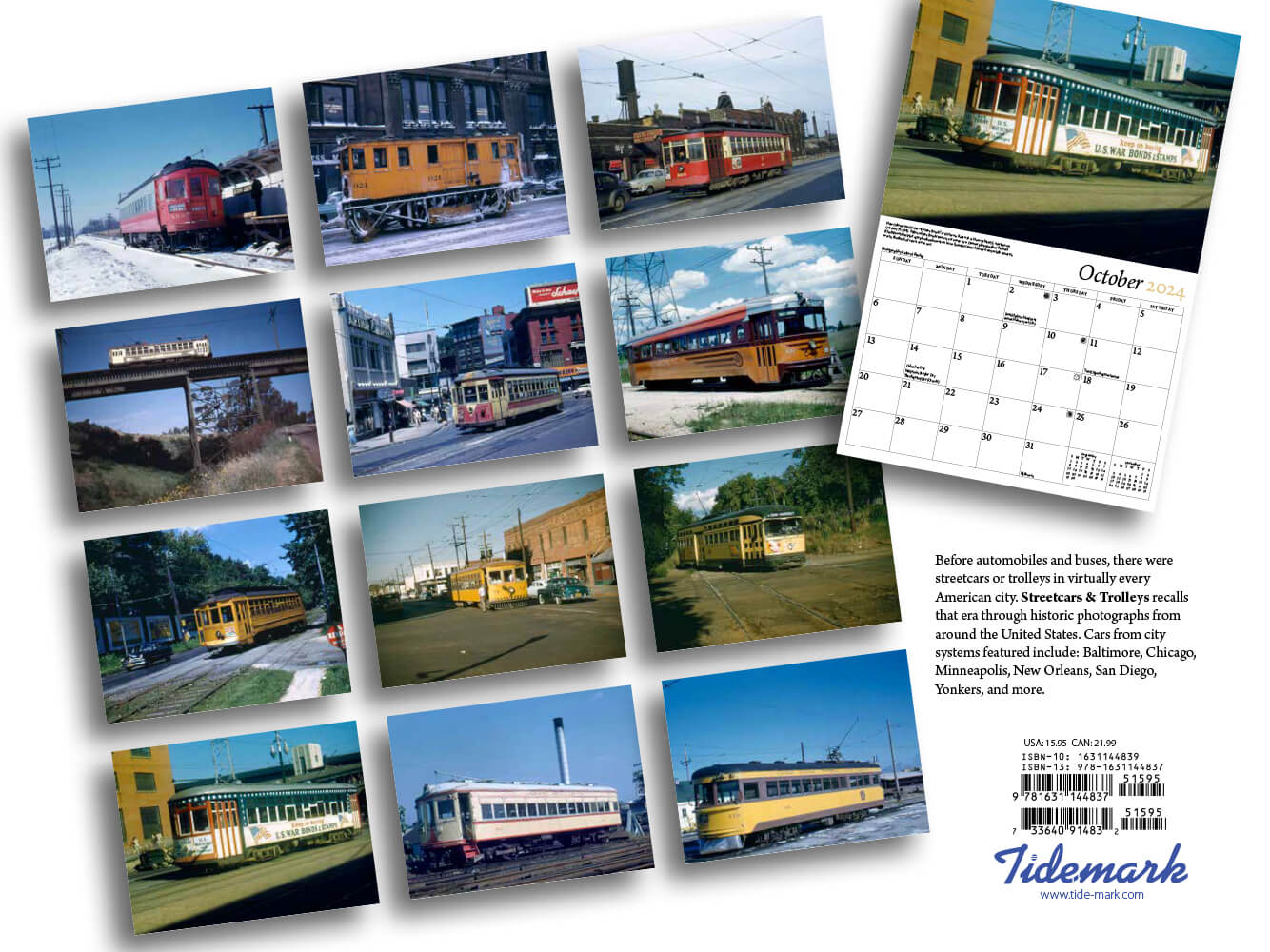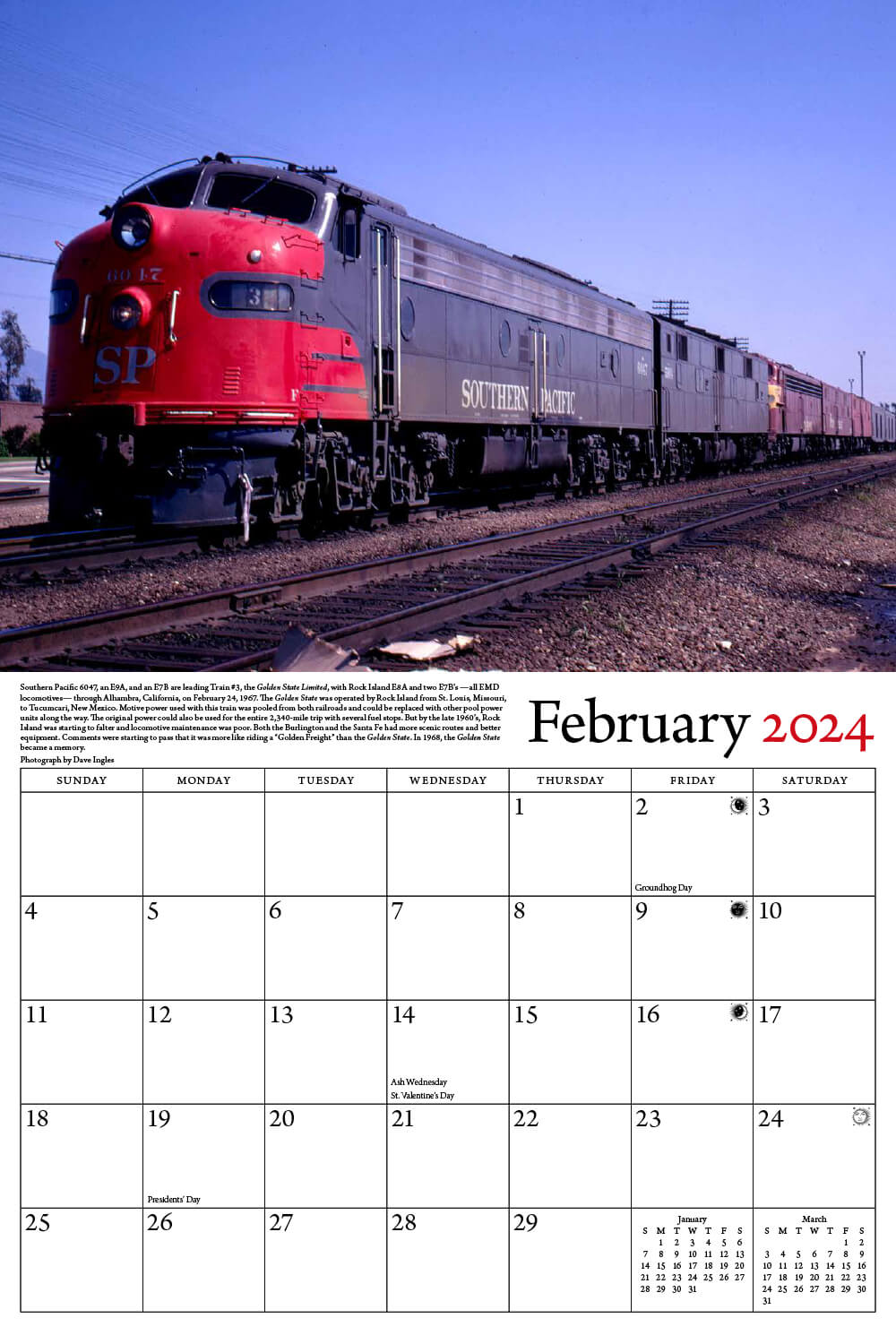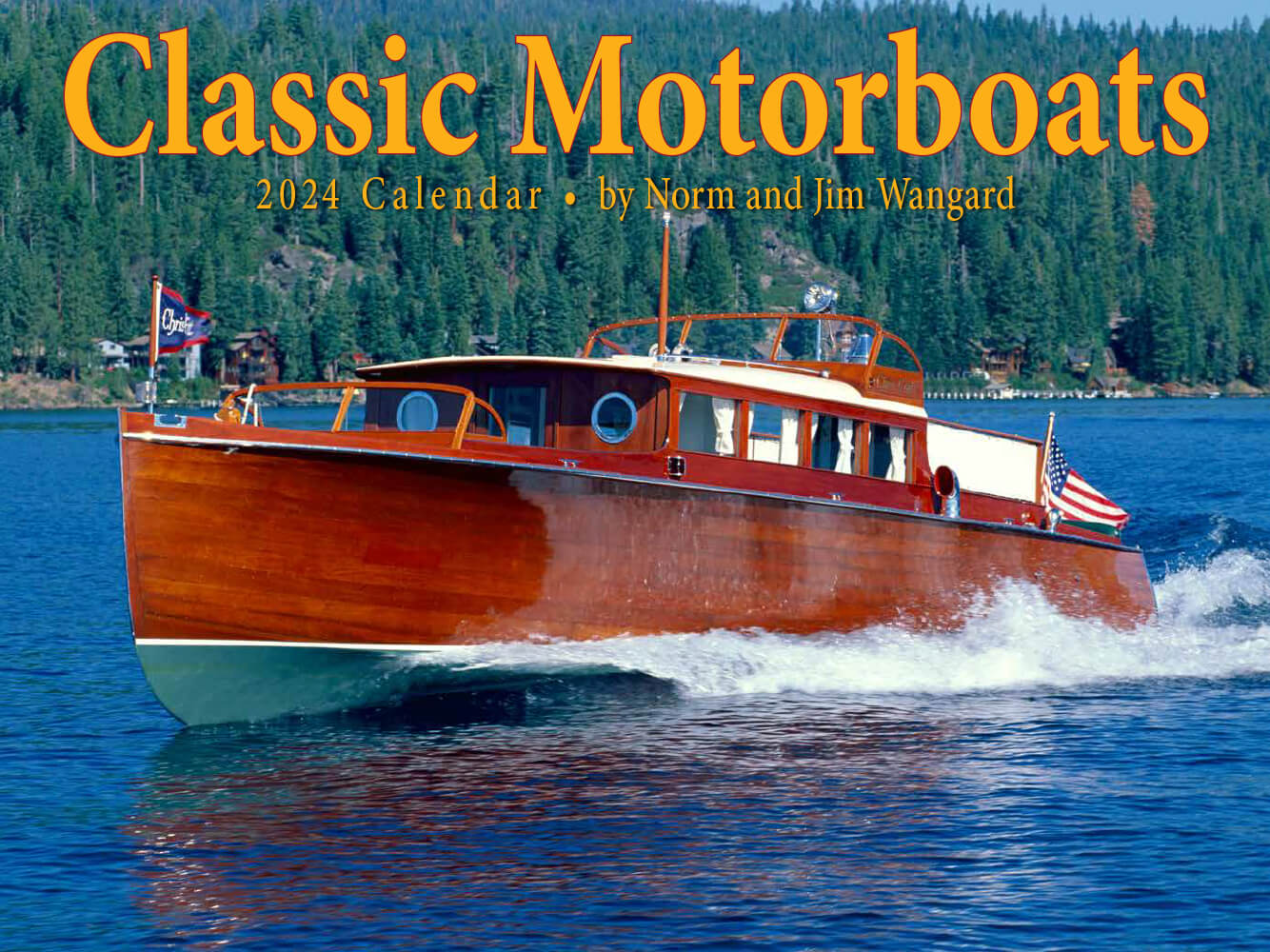Art of Jonathan Green 2024 Wall Calendar
$15.95The Art of Jonathan Green calendar showcases the southern culture of the artist’s Gullah heritage from the inland marshes near the Sea Islands of South Carolina. Jonathan Green, a graduate of the prestigious School of the Art Institute of Chicago, has won national awards and is recognized by curators and museums as one of the South’s most important living artists and among the greatest African-American artists. His work is found in museums in Germany, Sierra Leone, and throughout the United States.
This 2024 monthly wall calendar features: Large blocks for notes | Superb printing quality | Heavy 100-pound paper | Deluxe 11- by 14-inch size
Paintings featured in this edition include:
Hobcaw Barony Woman, 2013
Acrylic on Archival Paper, 11″ x 14″
Plantation Tasks, 2013
Acrylic on Archival Paper, 11″ x 14″
Riding on a Rice Barge, 2013
Acrylic on Archival Paper, 11″ x 14″
Strolling by a Sluice Gate, 2013
Acrylic on Archival Paper, 11″ x 14″
Butterflies at Sluice Gate, 2013
Acrylic on Archival Paper, 11″ x 14″
Waving to a Flat Boat, 2013
Acrylic on Archival Paper, 11″ x 14″
Checking Salt Water Intrusion, 2013
Acrylic on Archival Paper, 11″ x 14″
Middleton Plantation, 2013
Acrylic on Archival Paper, 11″ x 14″
African Tree Markings, 2013
Acrylic on Archival Paper 11″ x 14″
Rice Plantation, 2013
Acrylic on Archival Paper, 11″ x 14″
Loaded Rice Barge, 2013
Acrylic on Archival Paper, 11″ x 14″
Hulling Home Rice, 2013
Acrylic on Archival Paper, 11″ x 14″
Published by Tide-mark Press © 2023

